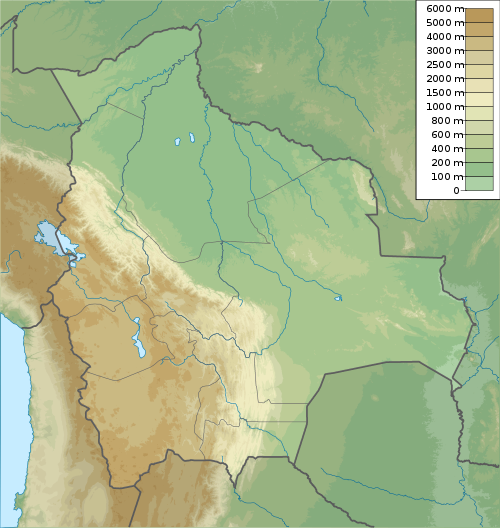Fossiliferous stratigraphic units in Bolivia
 Ensenadan-Lujanian
Ensenadan-Lujanian
 Pliocene
Pliocene
 Late Miocene
Late Miocene
 Miocene
Miocene
 Petaca Formation
Petaca Formation
 Salla Formation
Salla Formation
 Santa Lucía Formation
Santa Lucía Formation
 Cretaceous
Cretaceous
 La Puerta Formation
La Puerta Formation
 Tucurú Group
Tucurú Group
 Permian
Permian
 Devonian
Devonian
 Silurian
Silurian
 Ordovician
Ordovician
This is a list of fossiliferous stratigraphic units in Bolivia .

